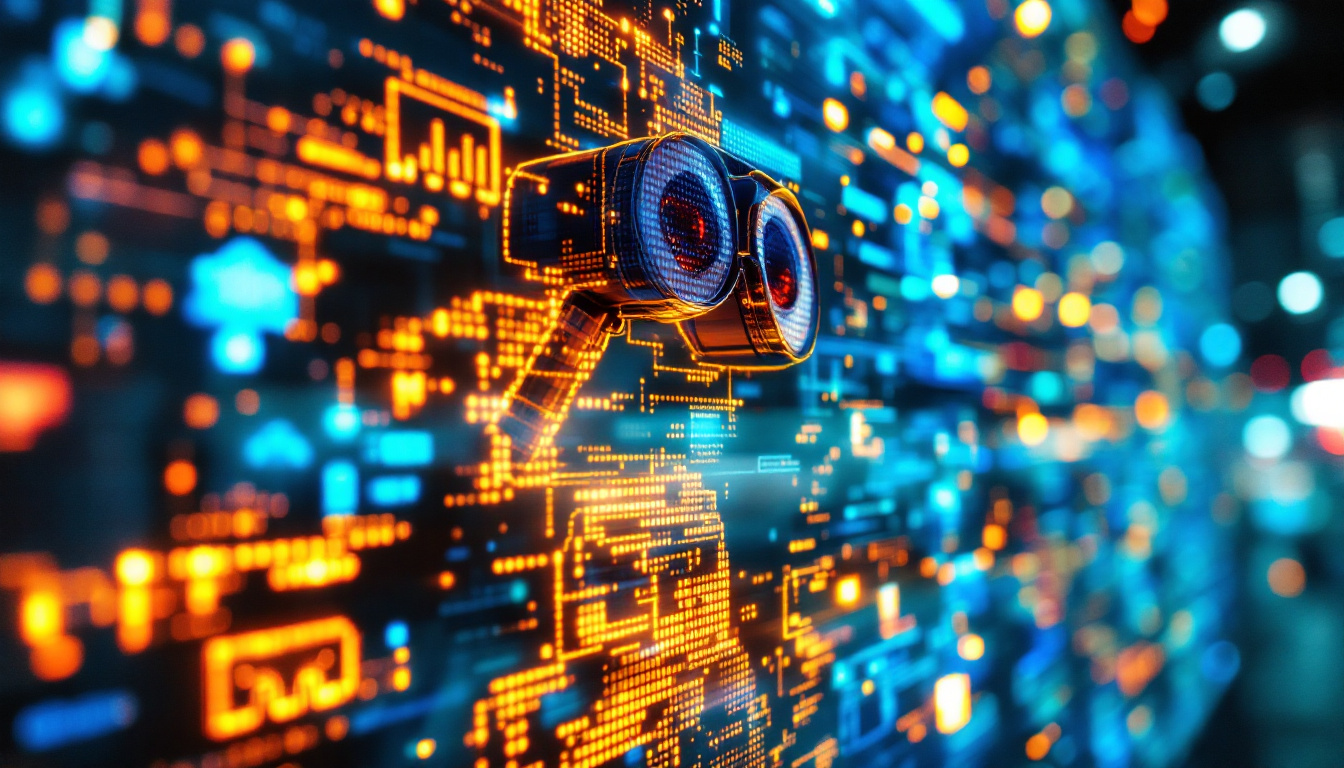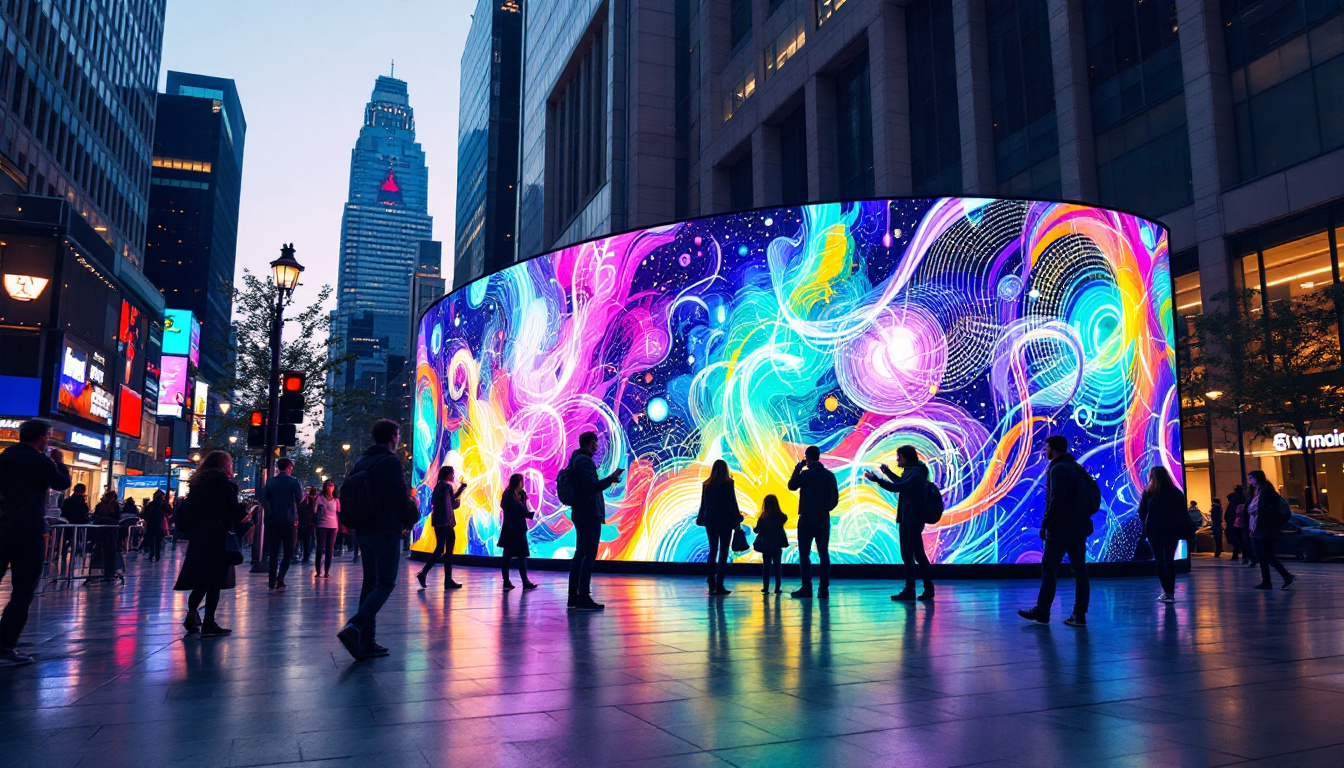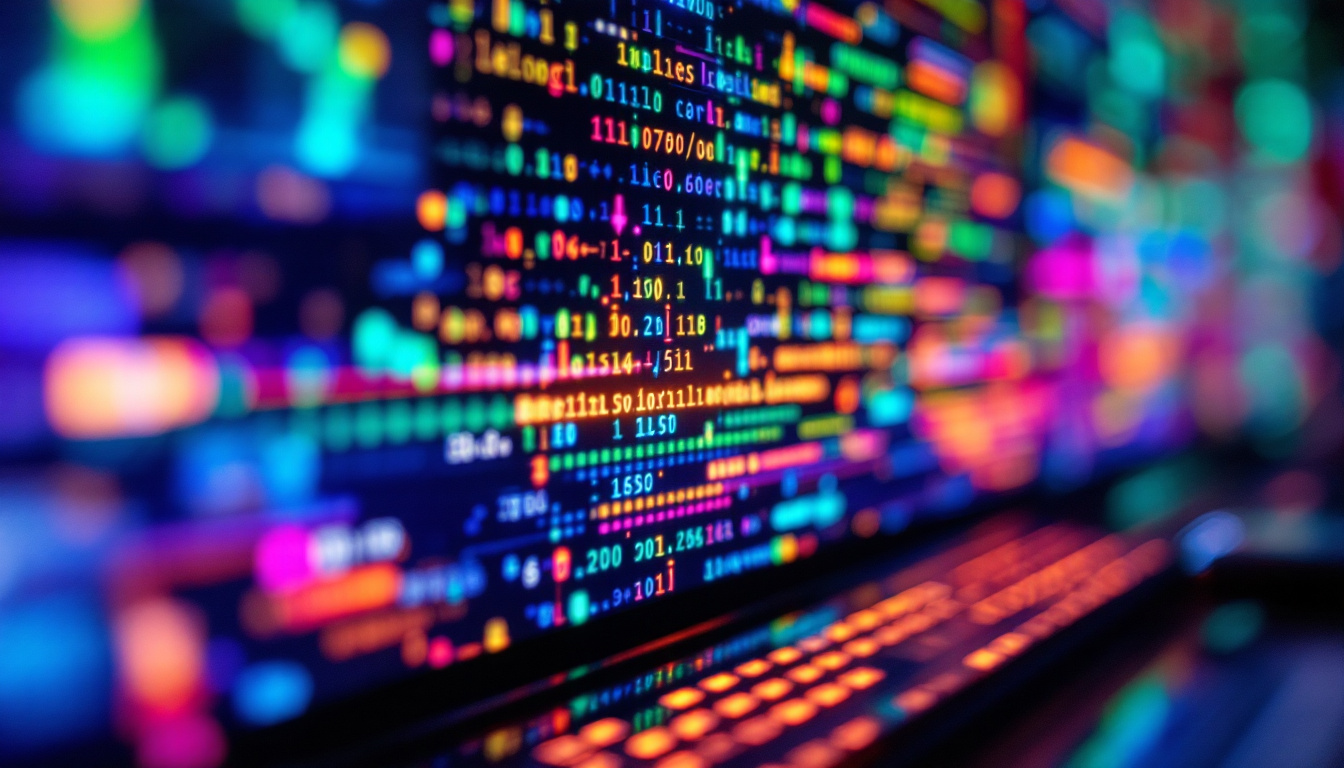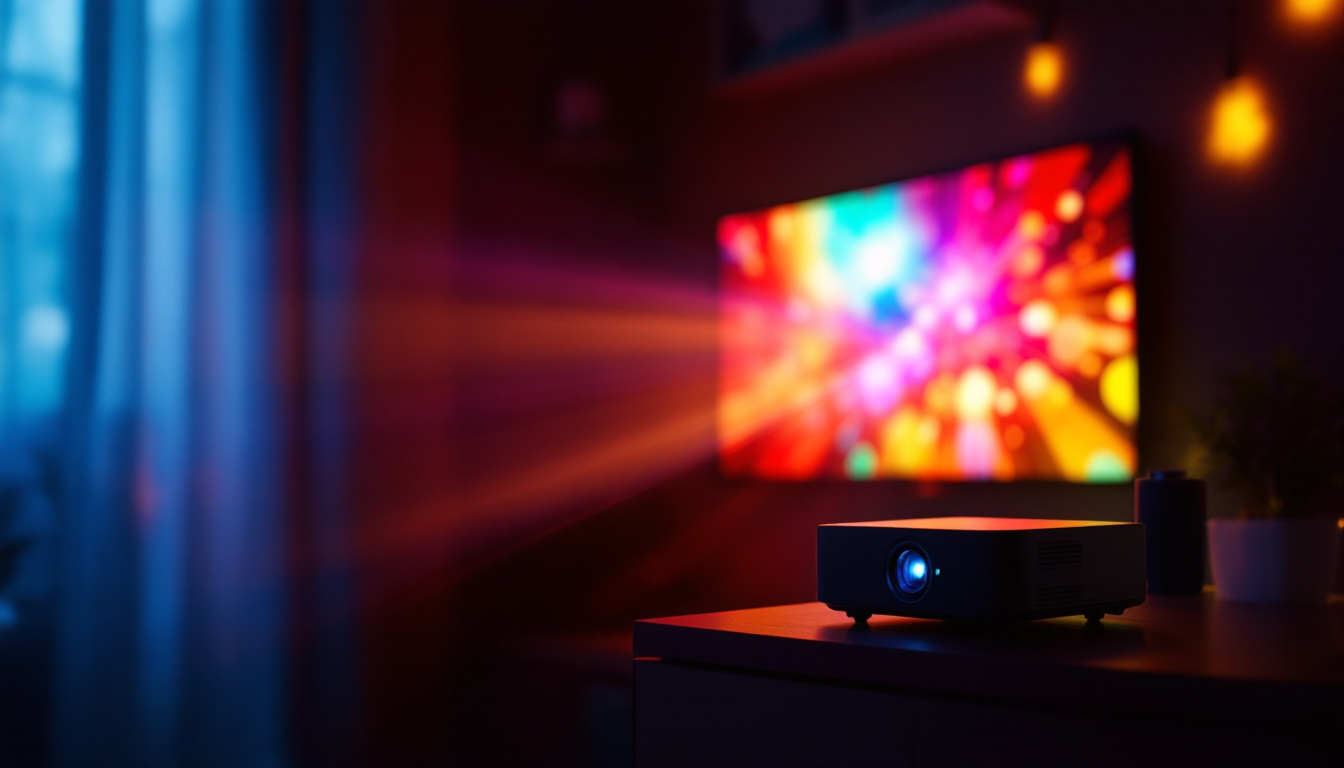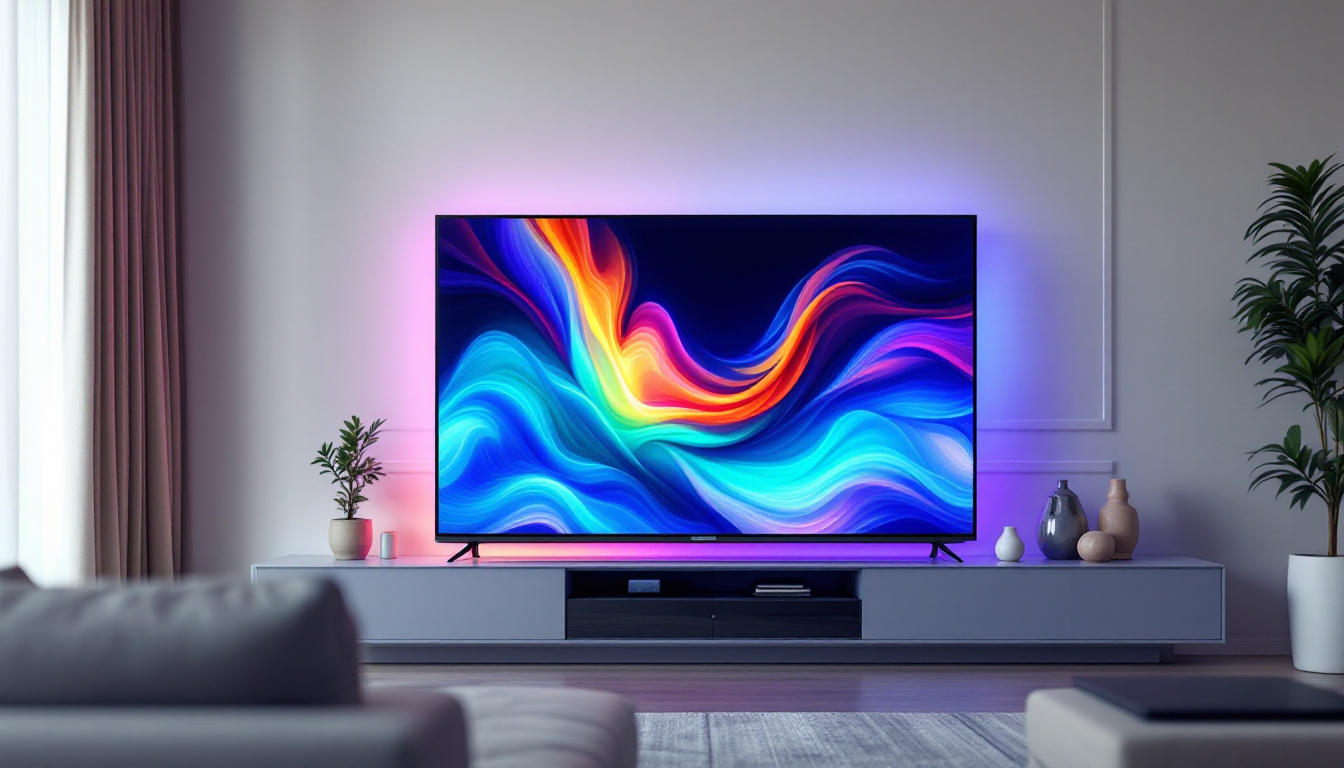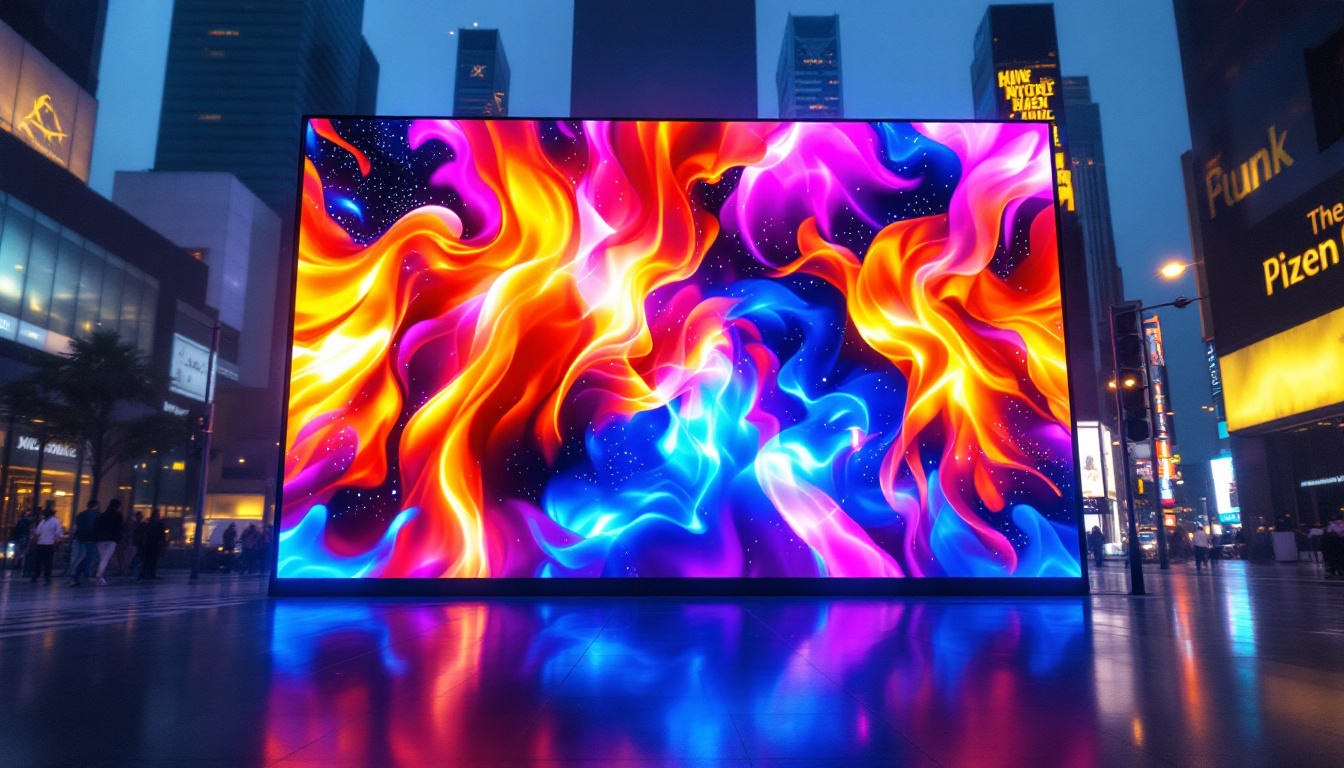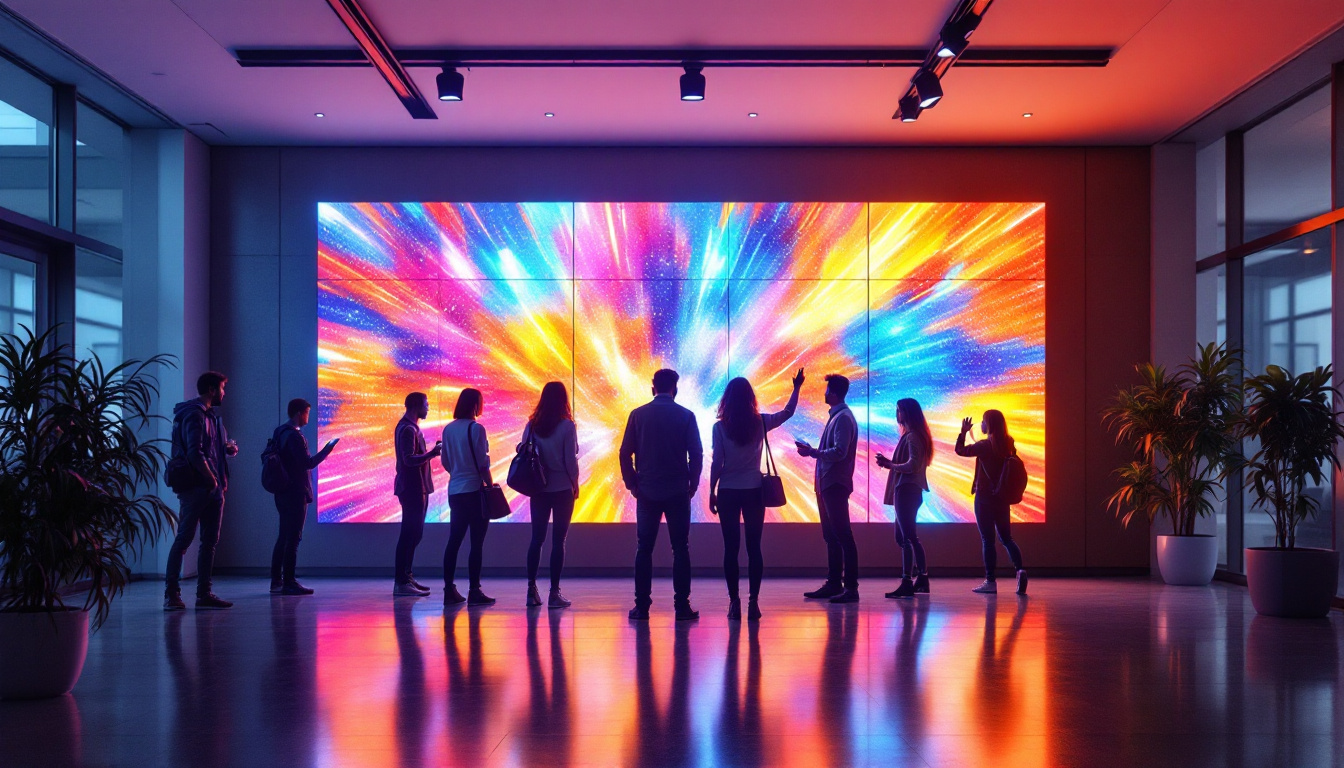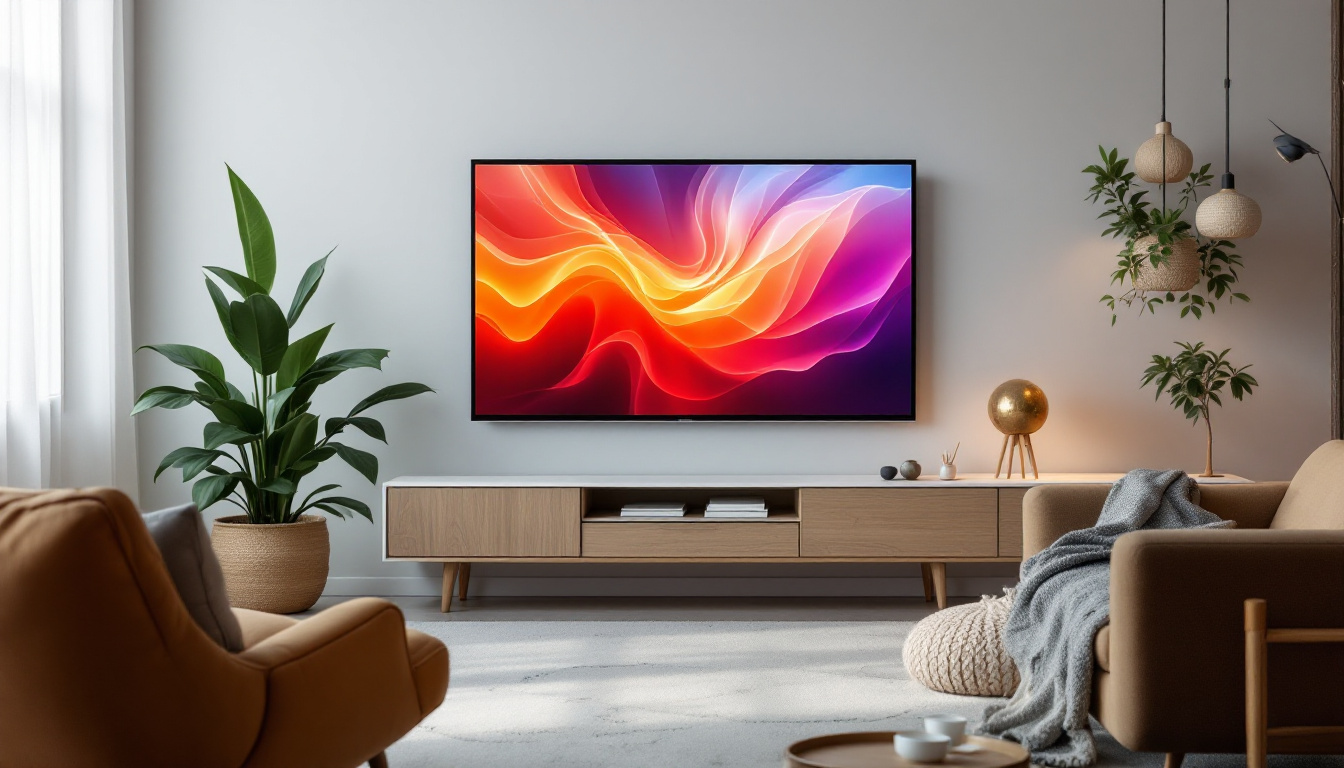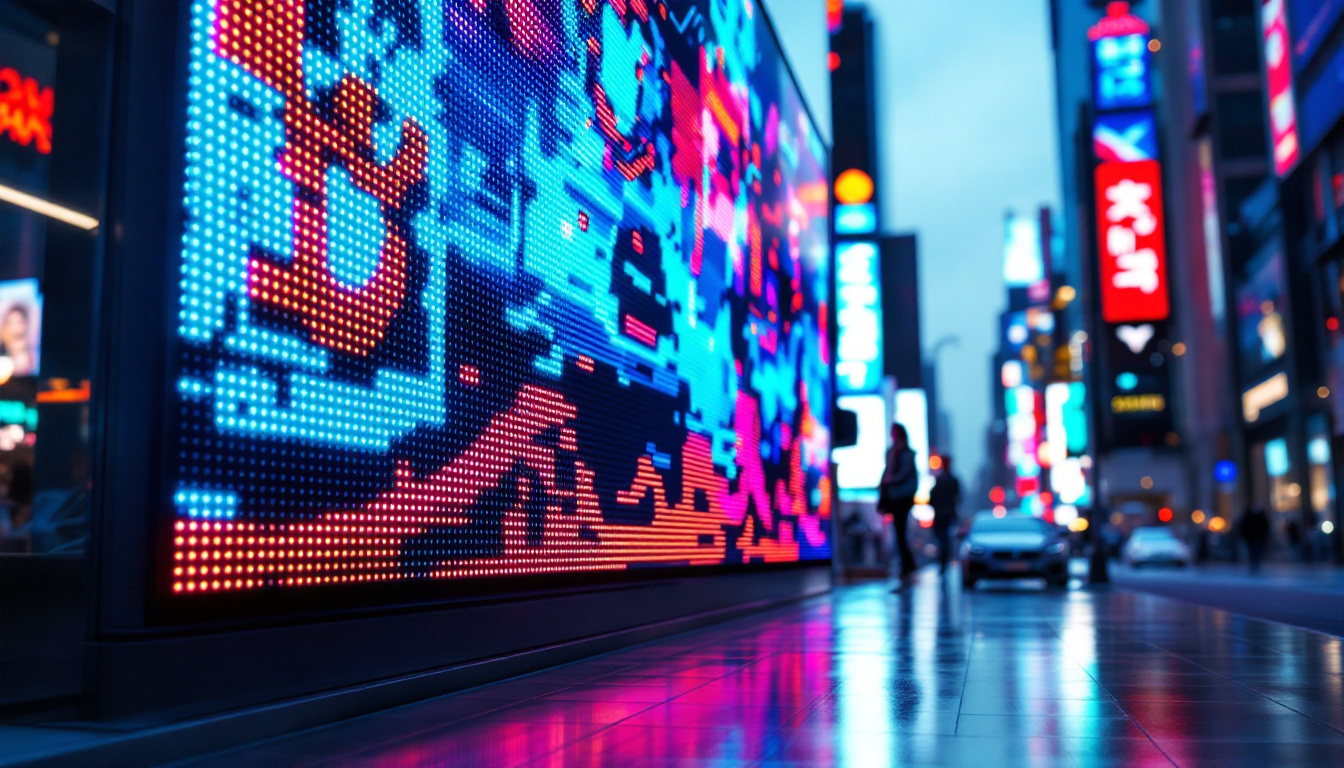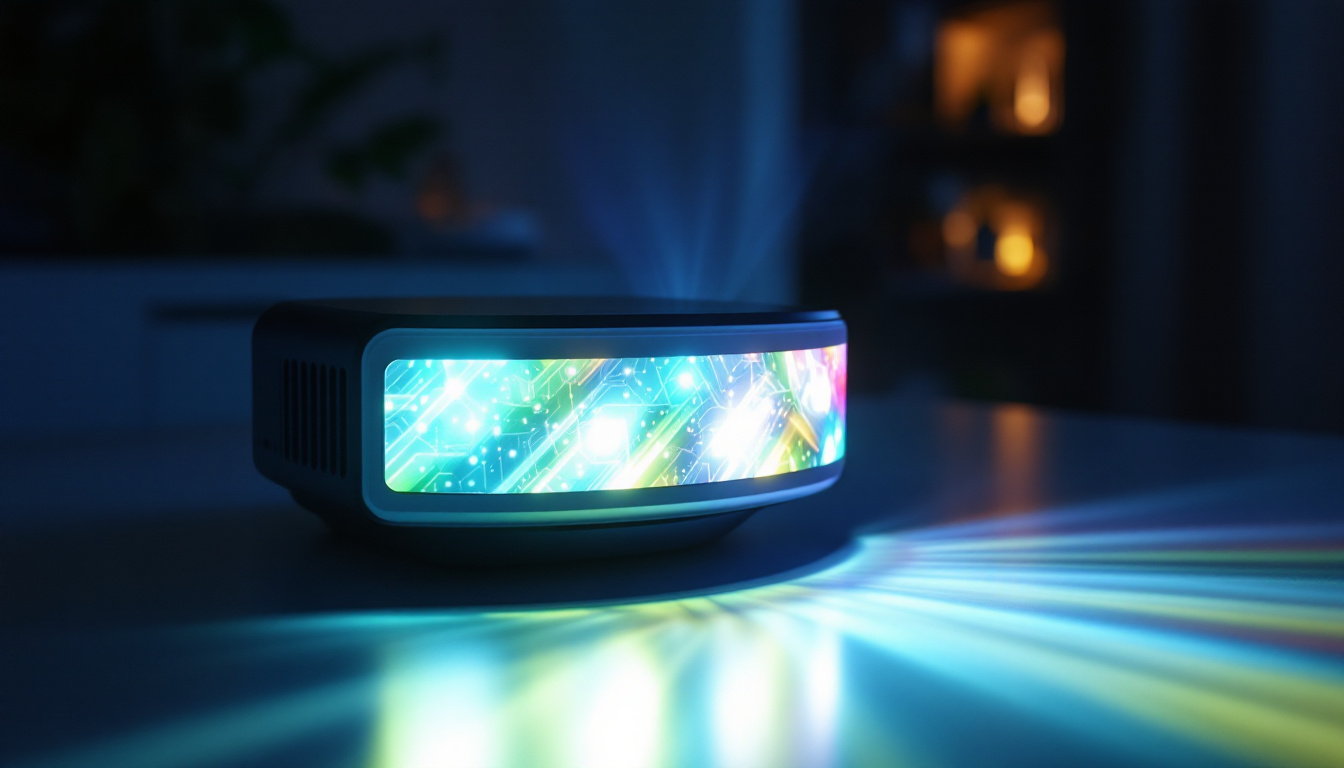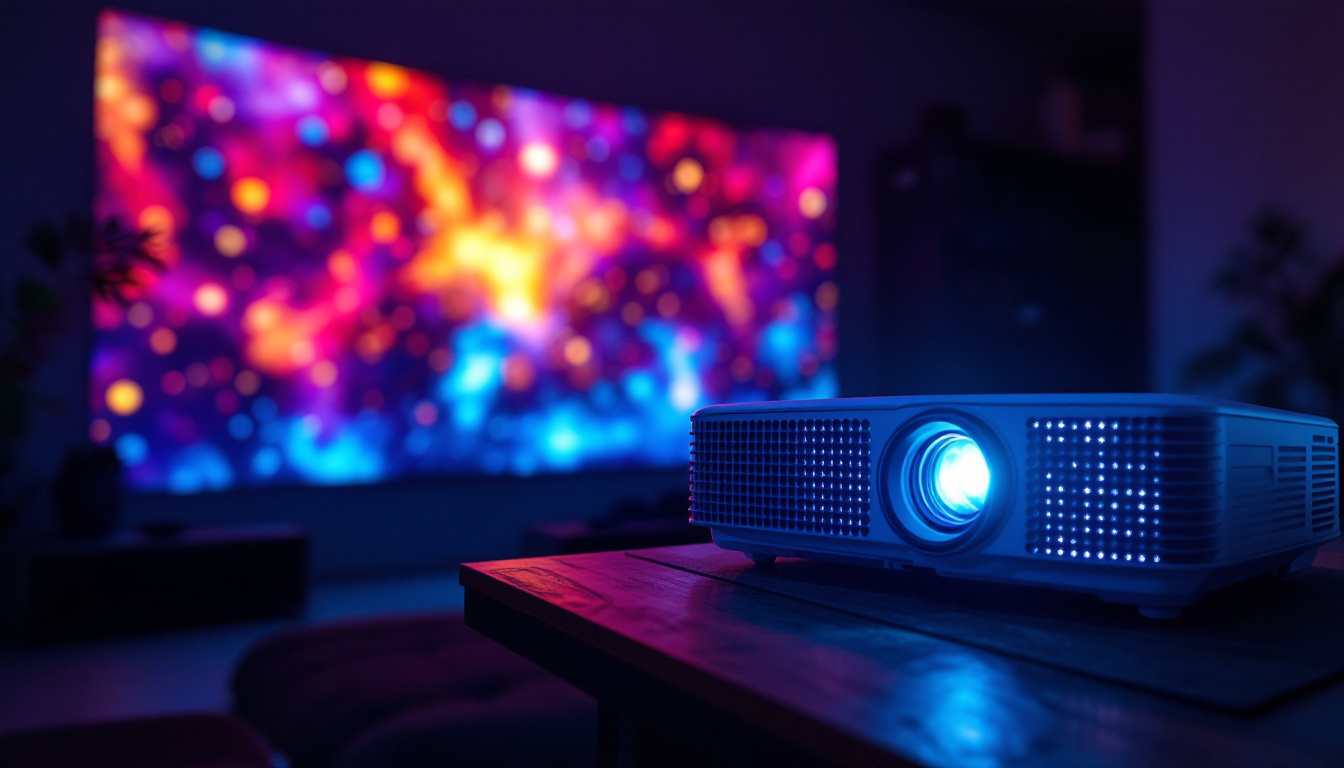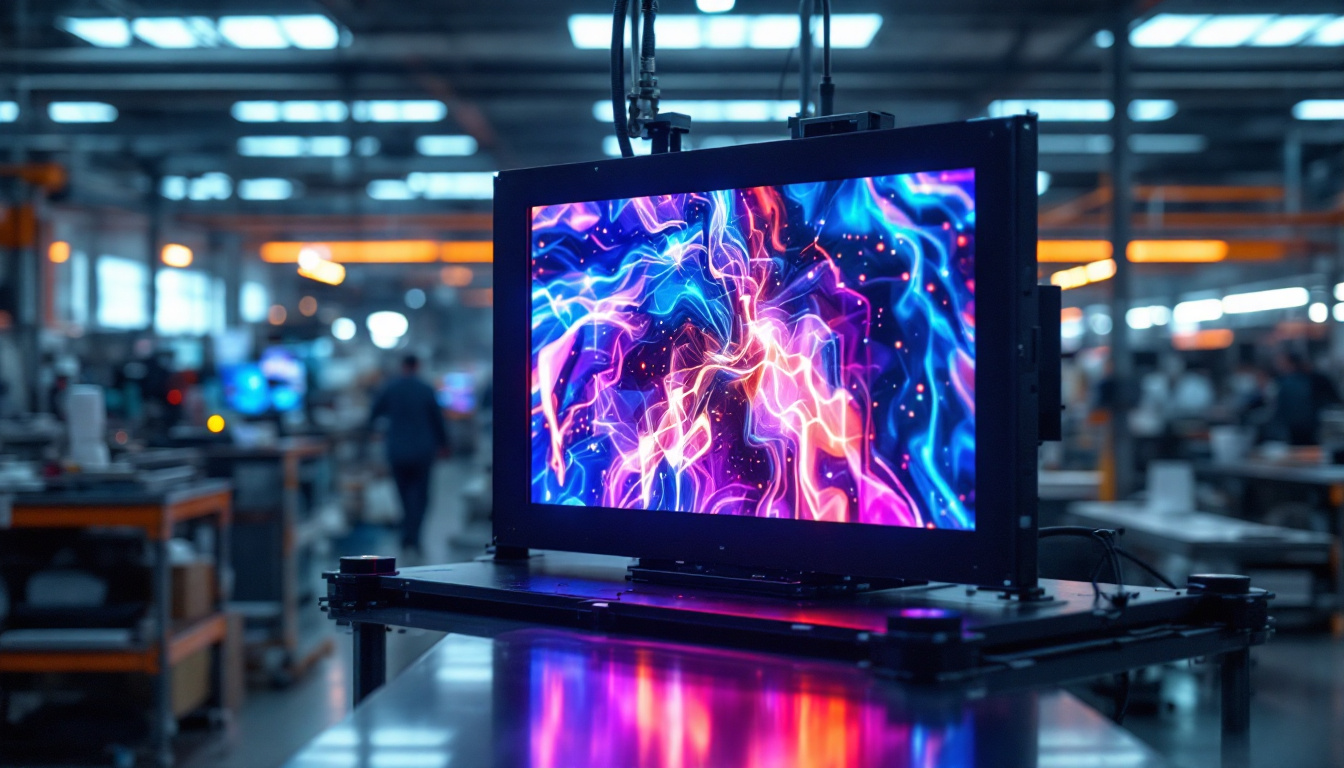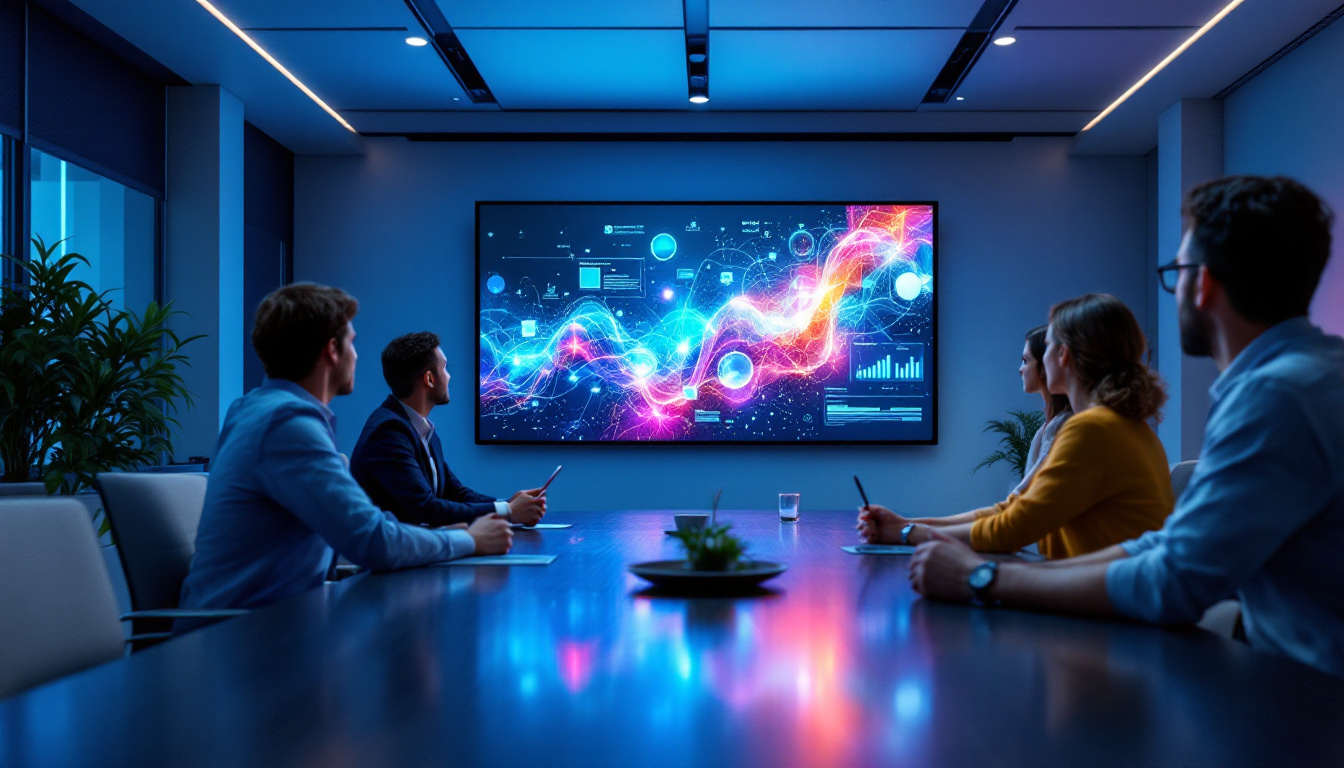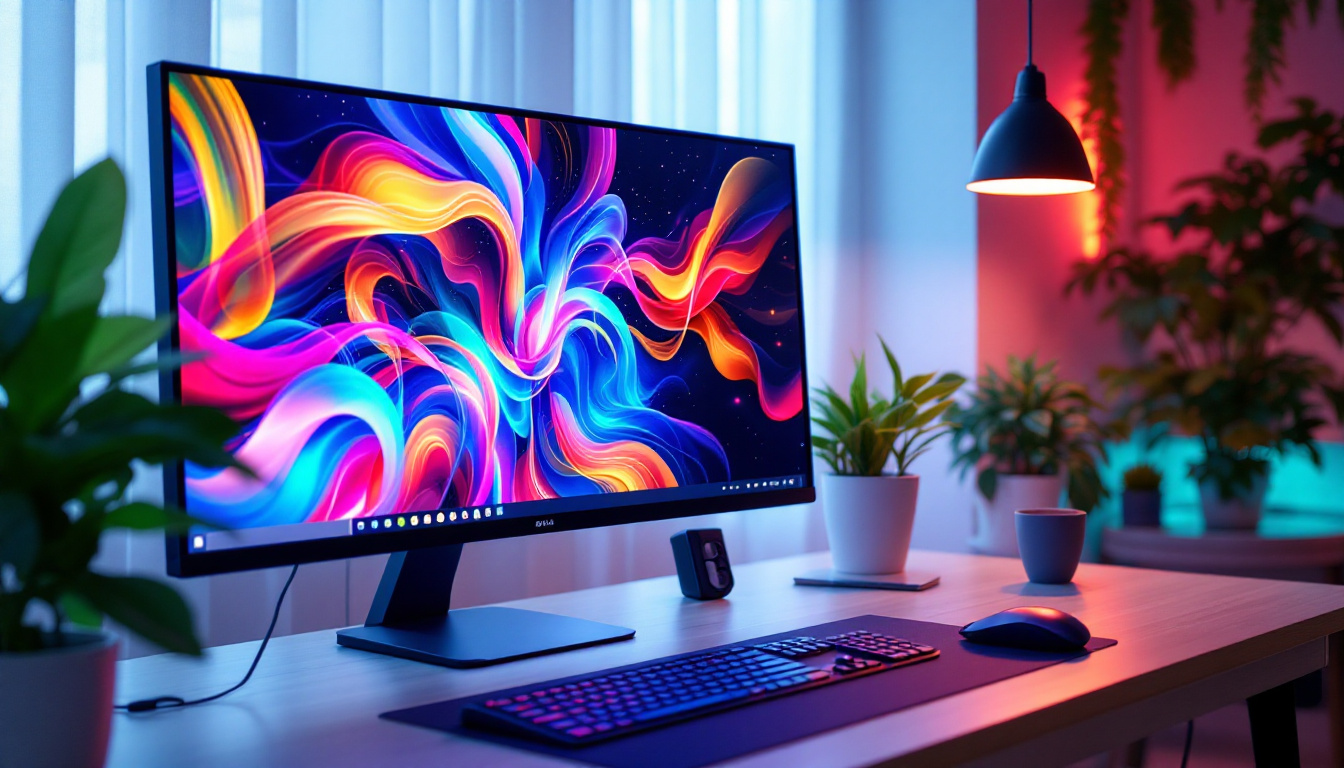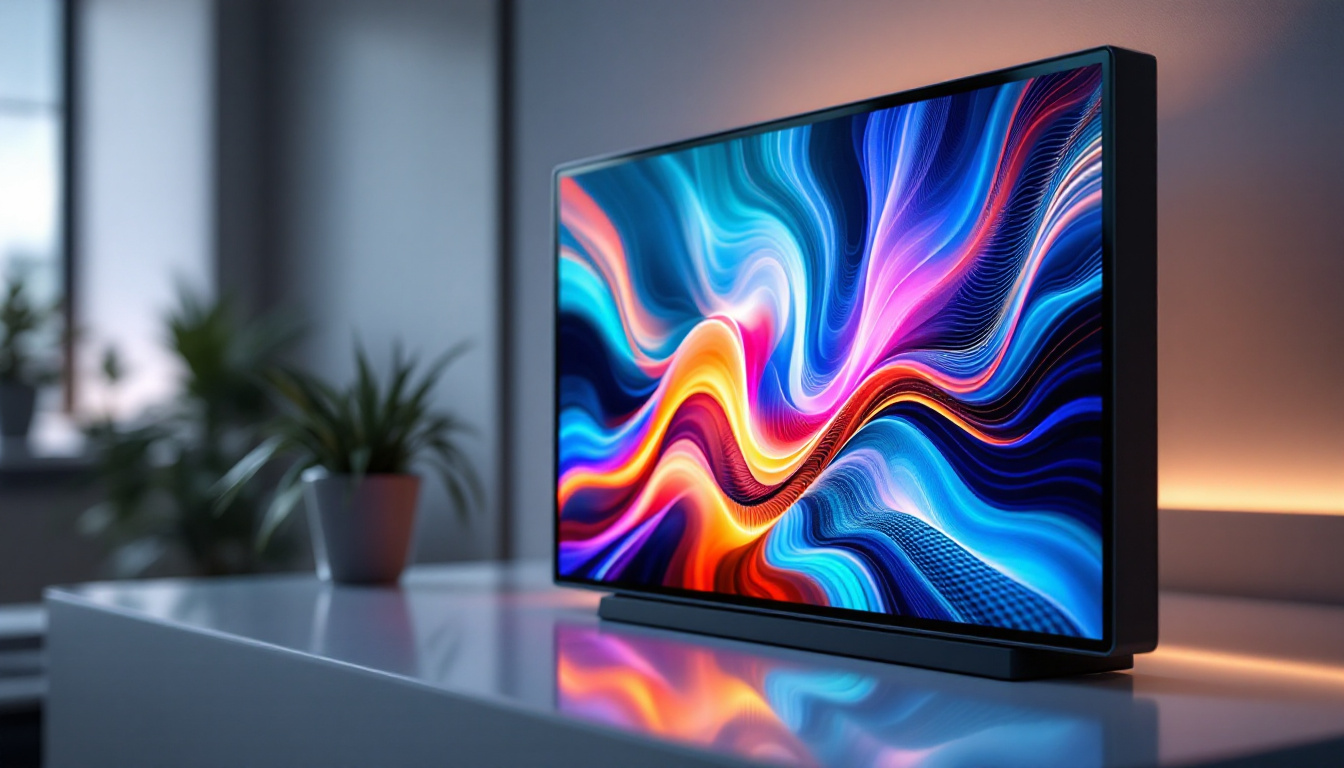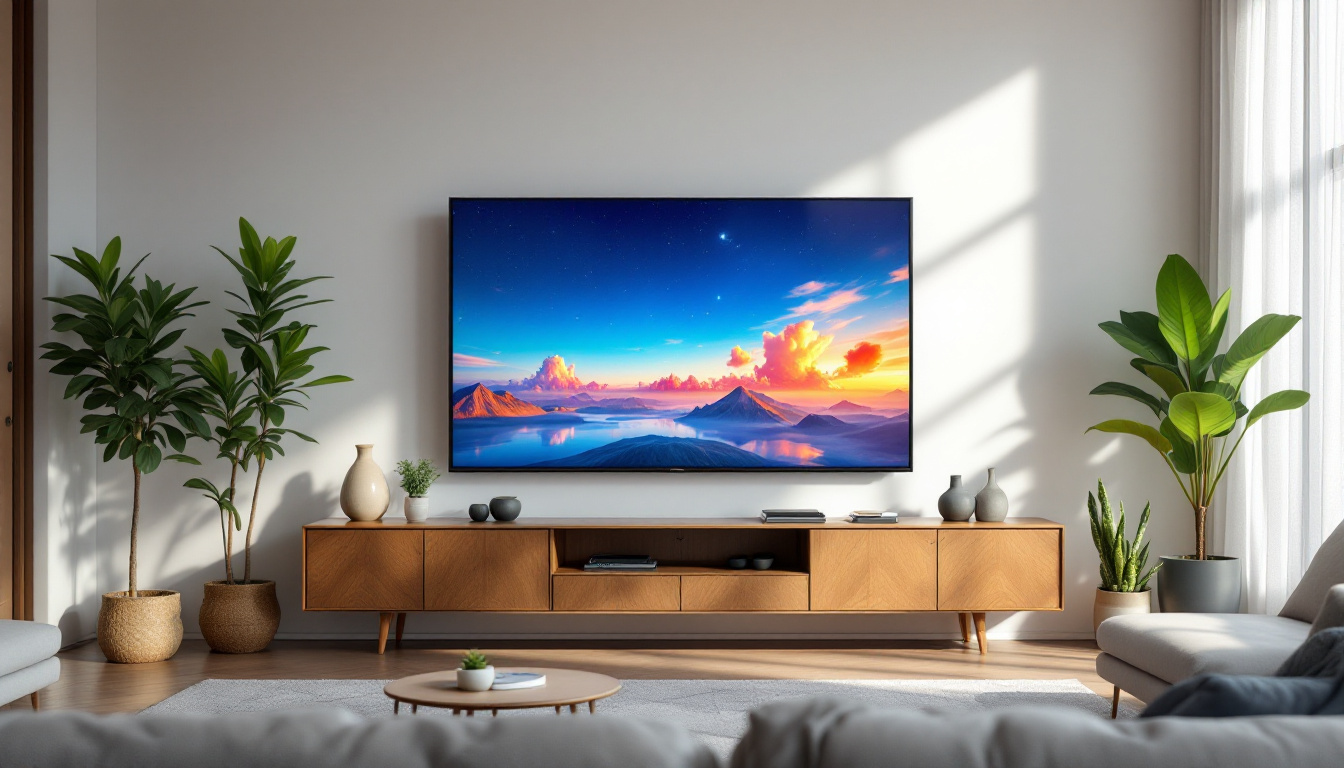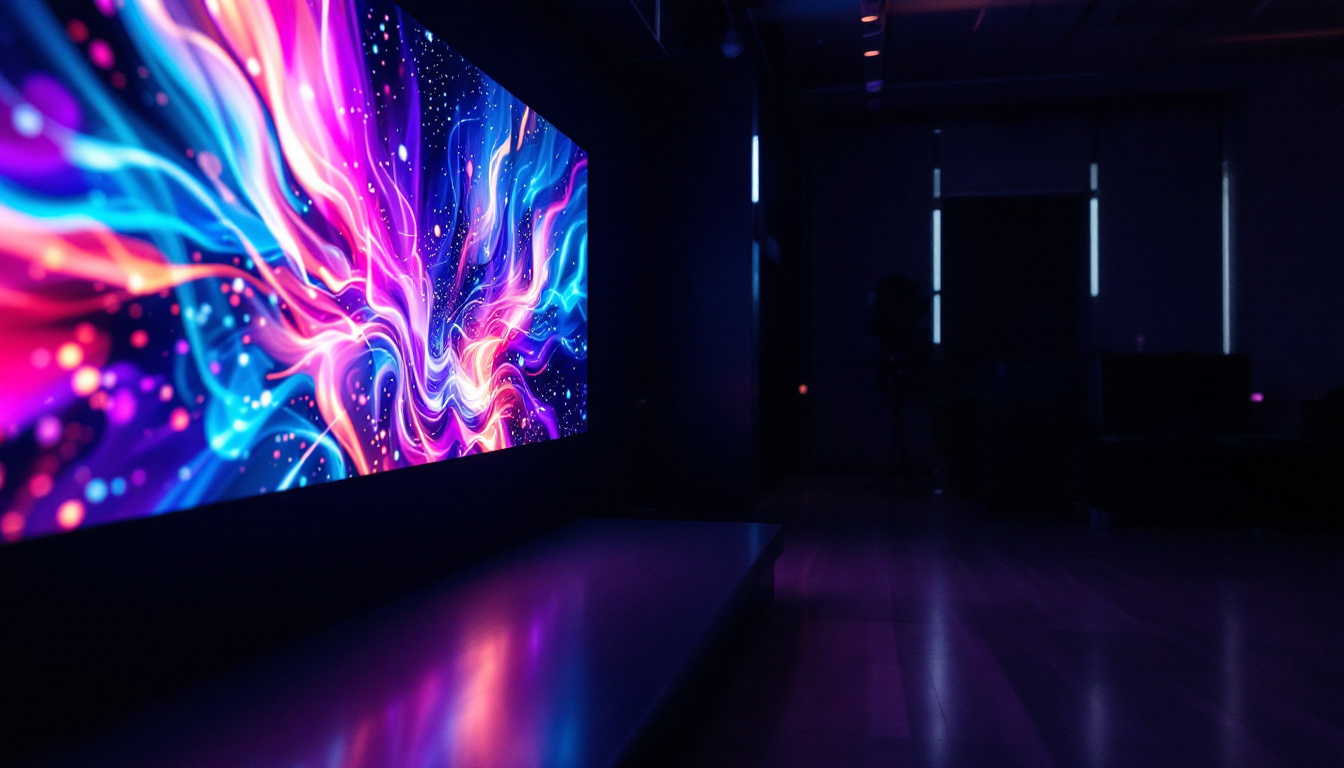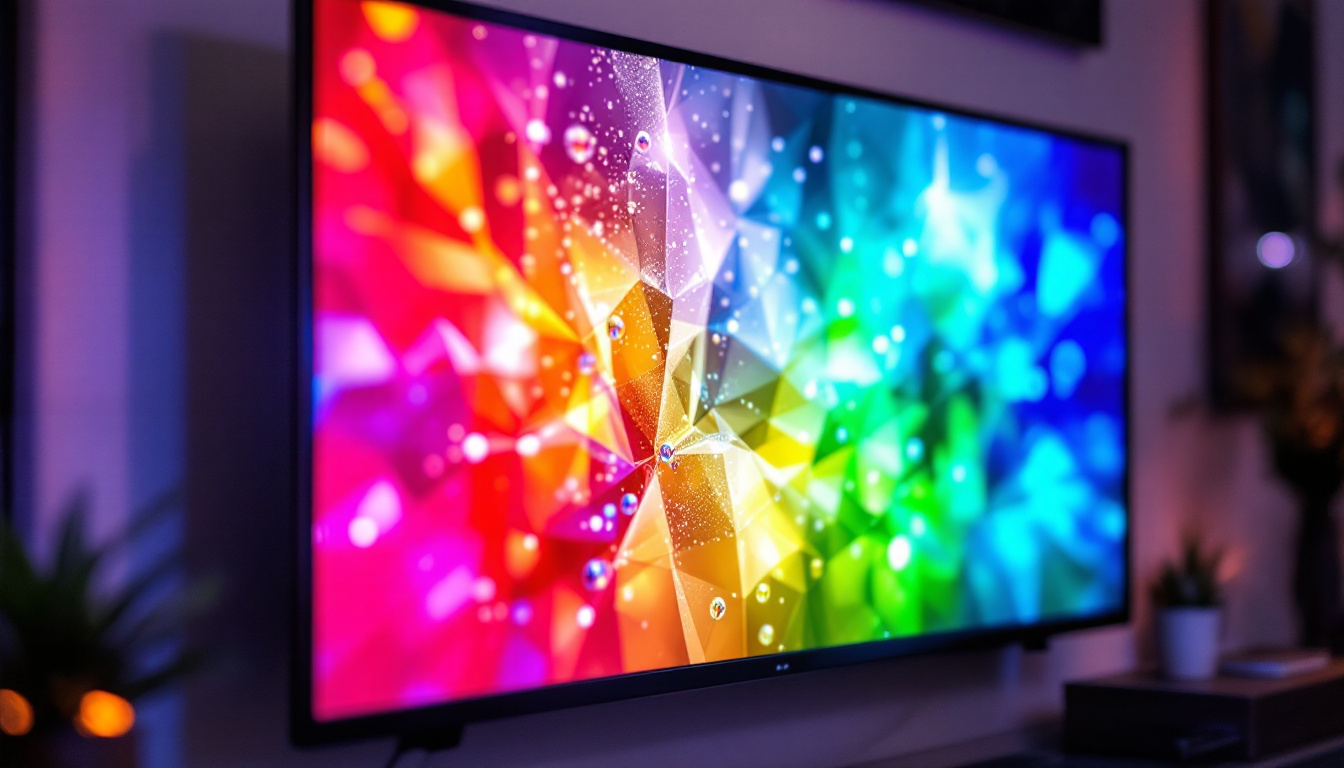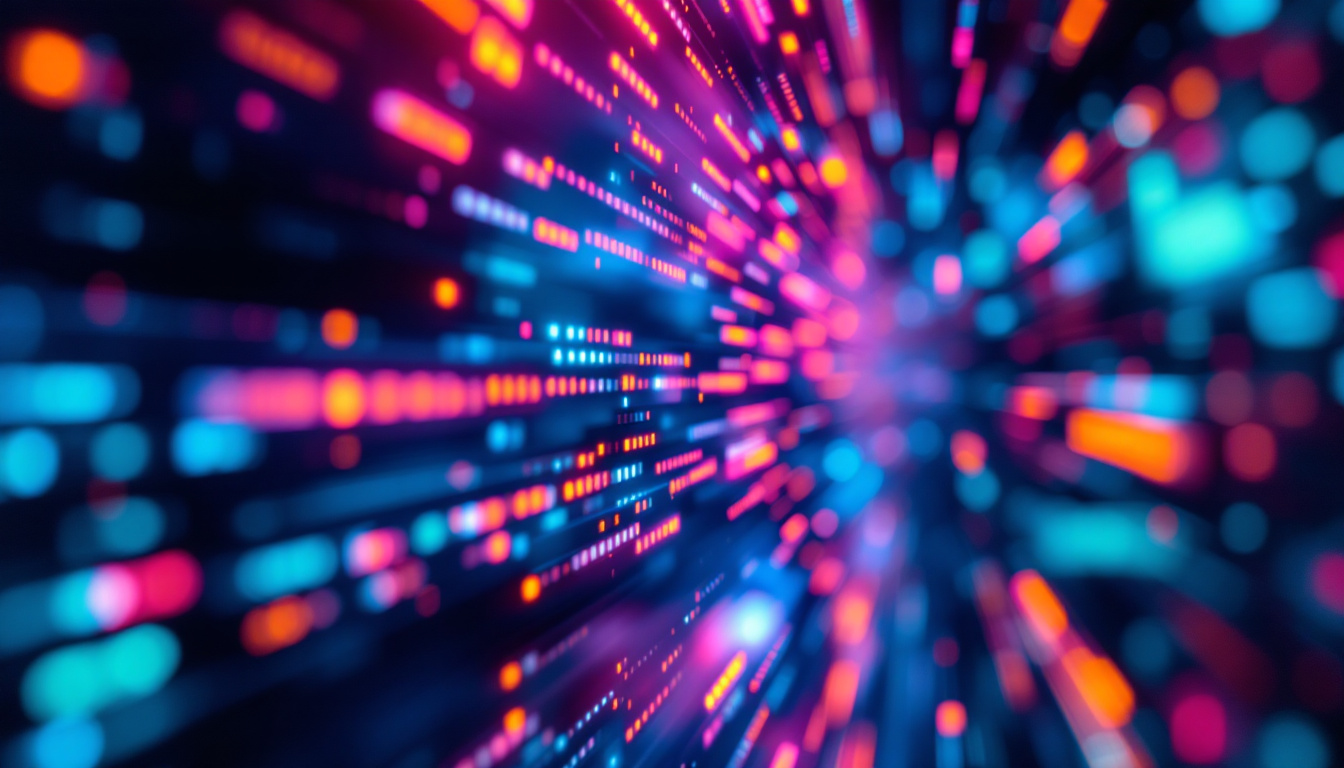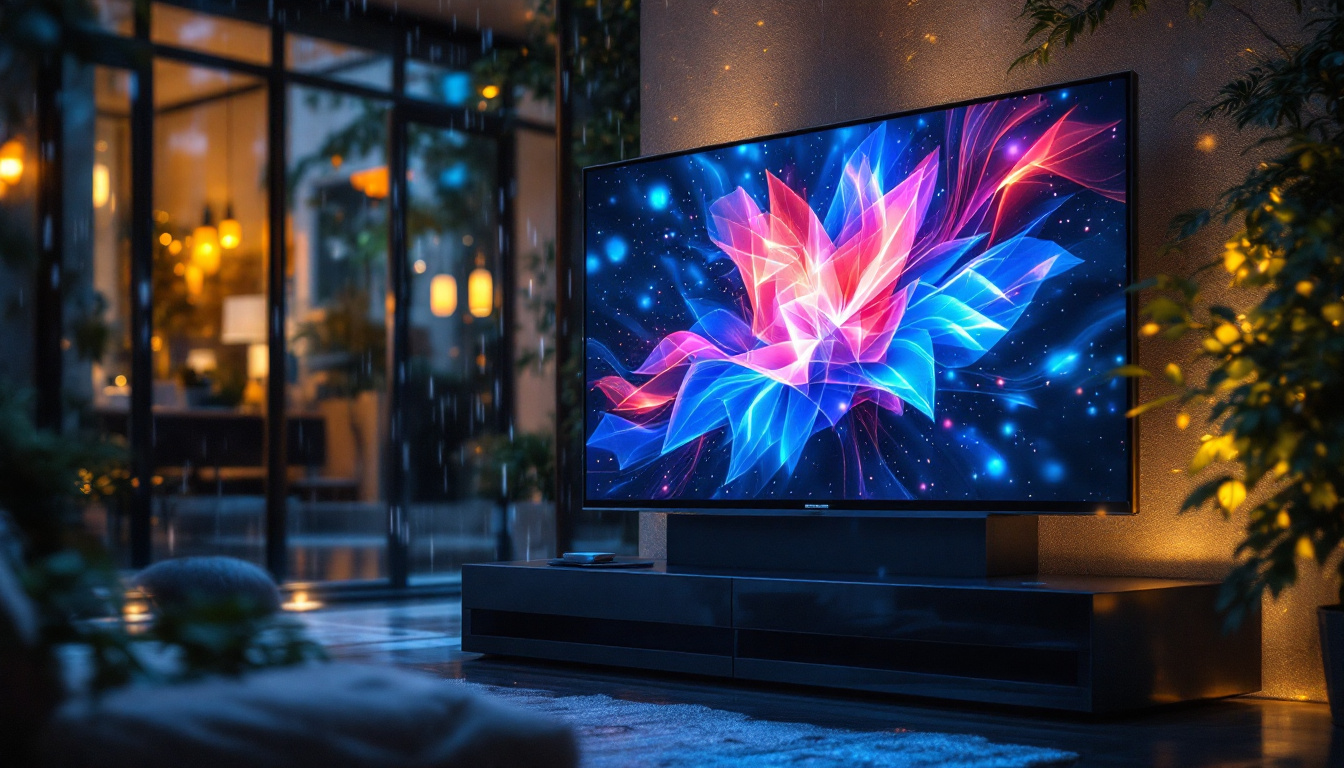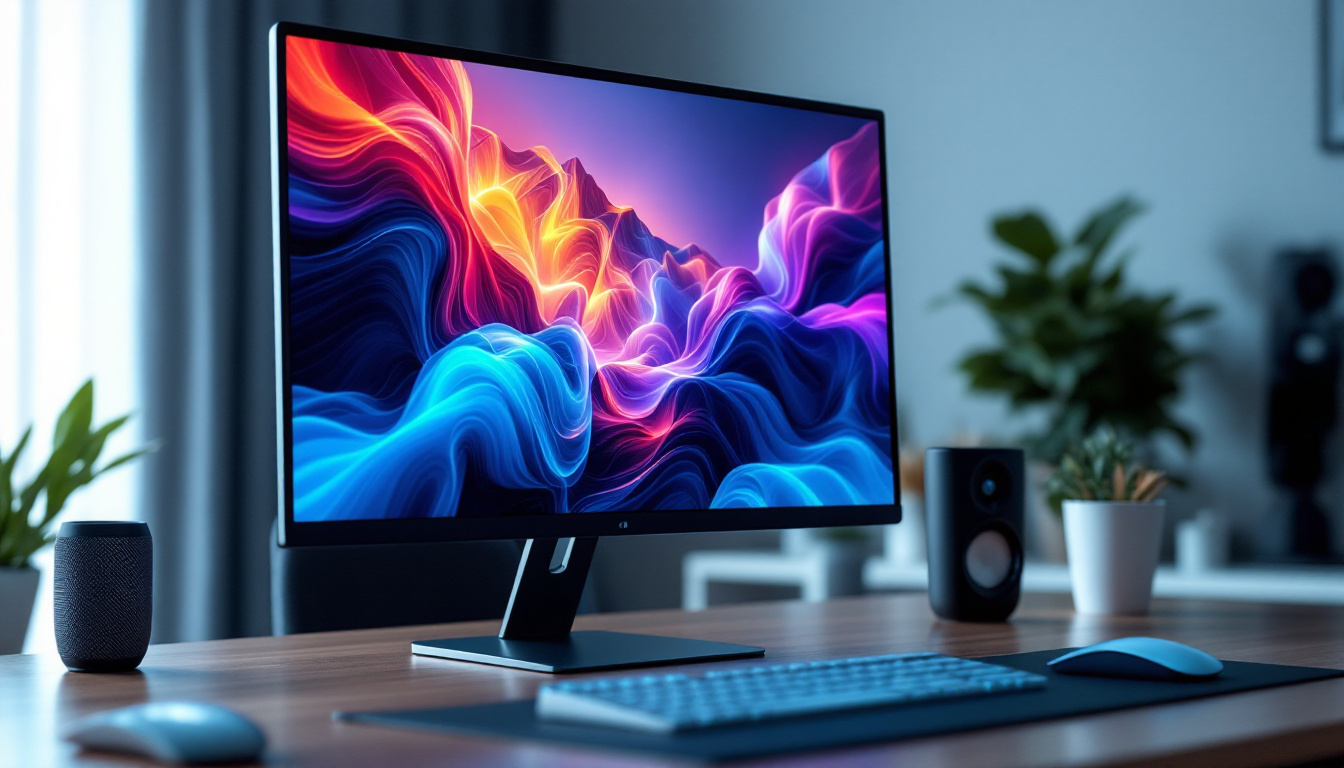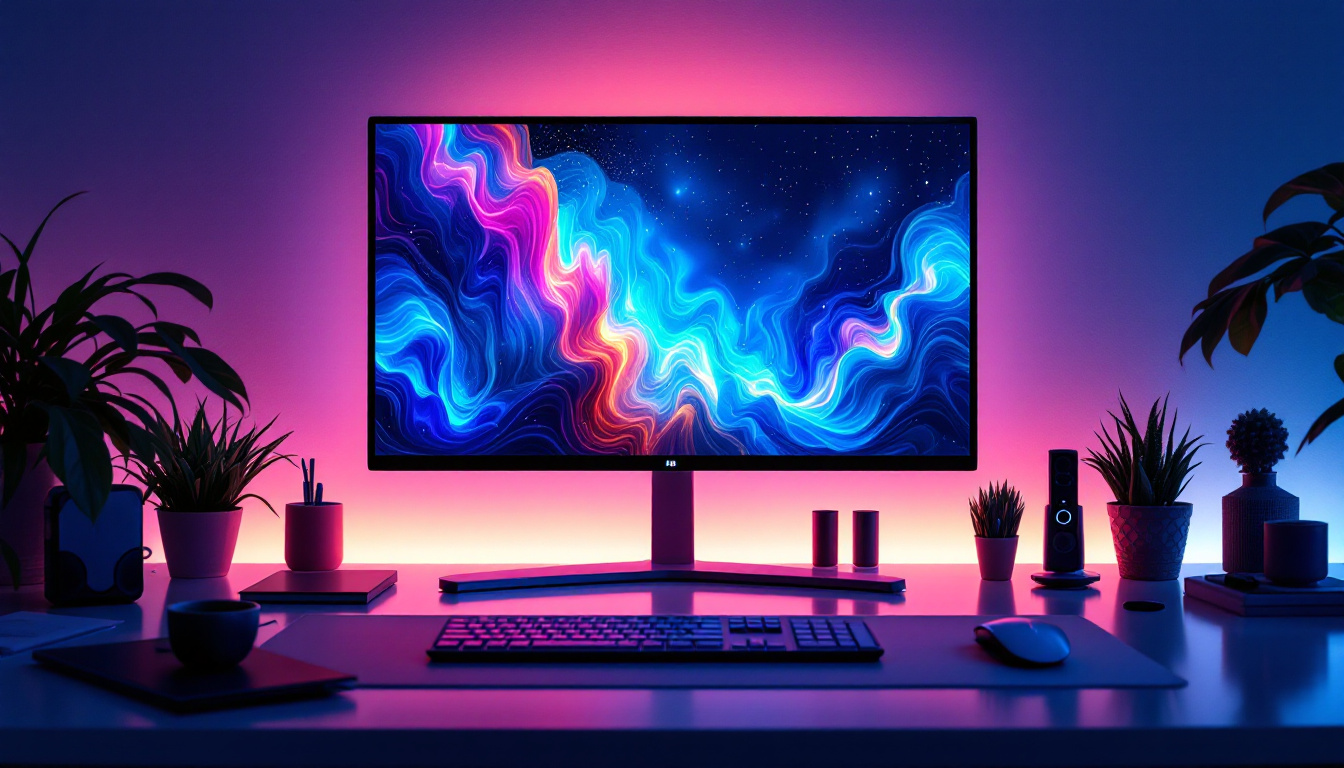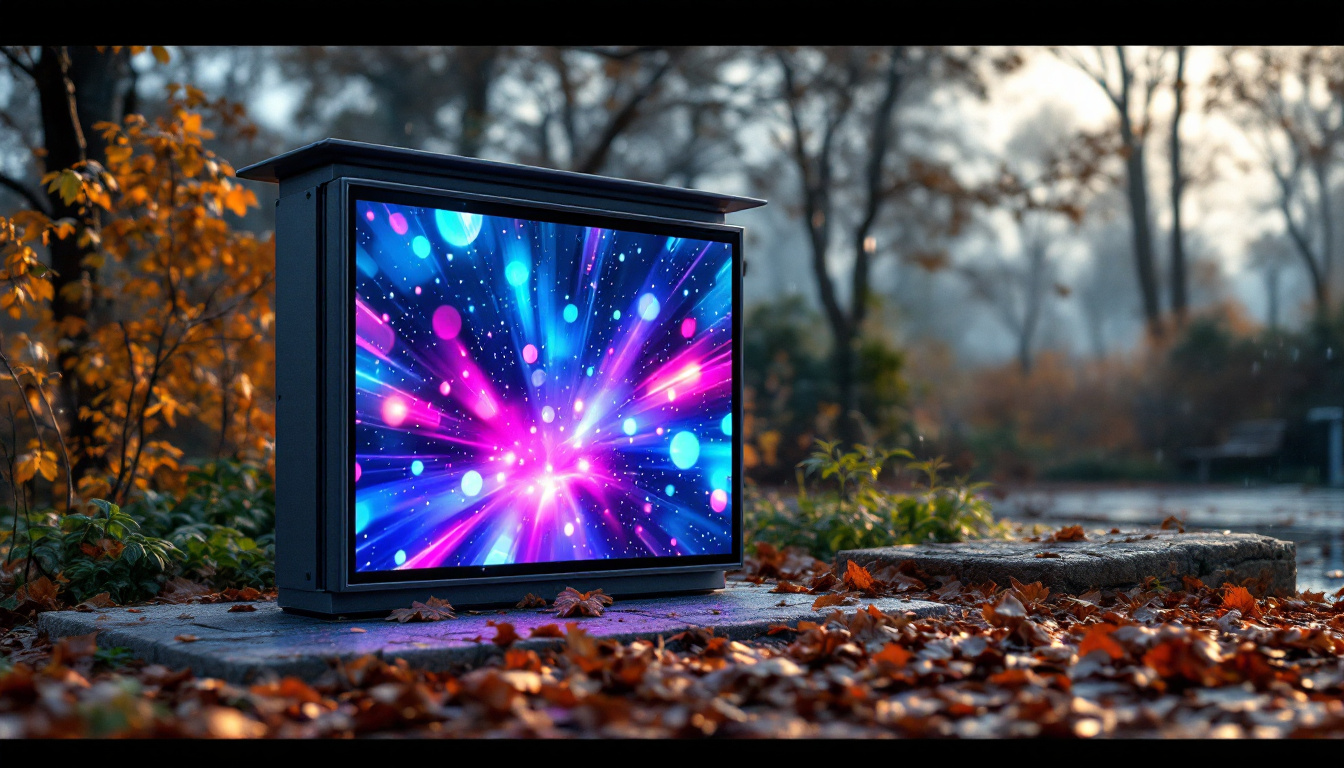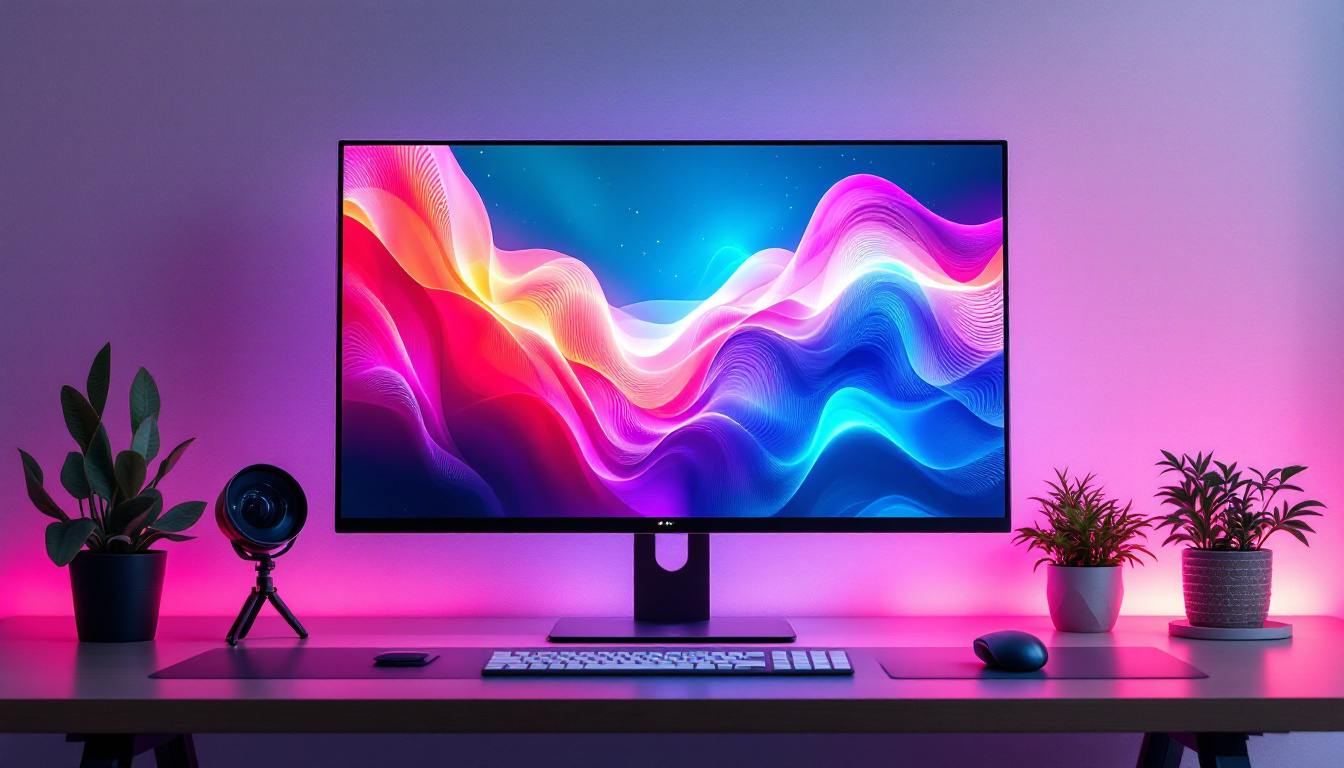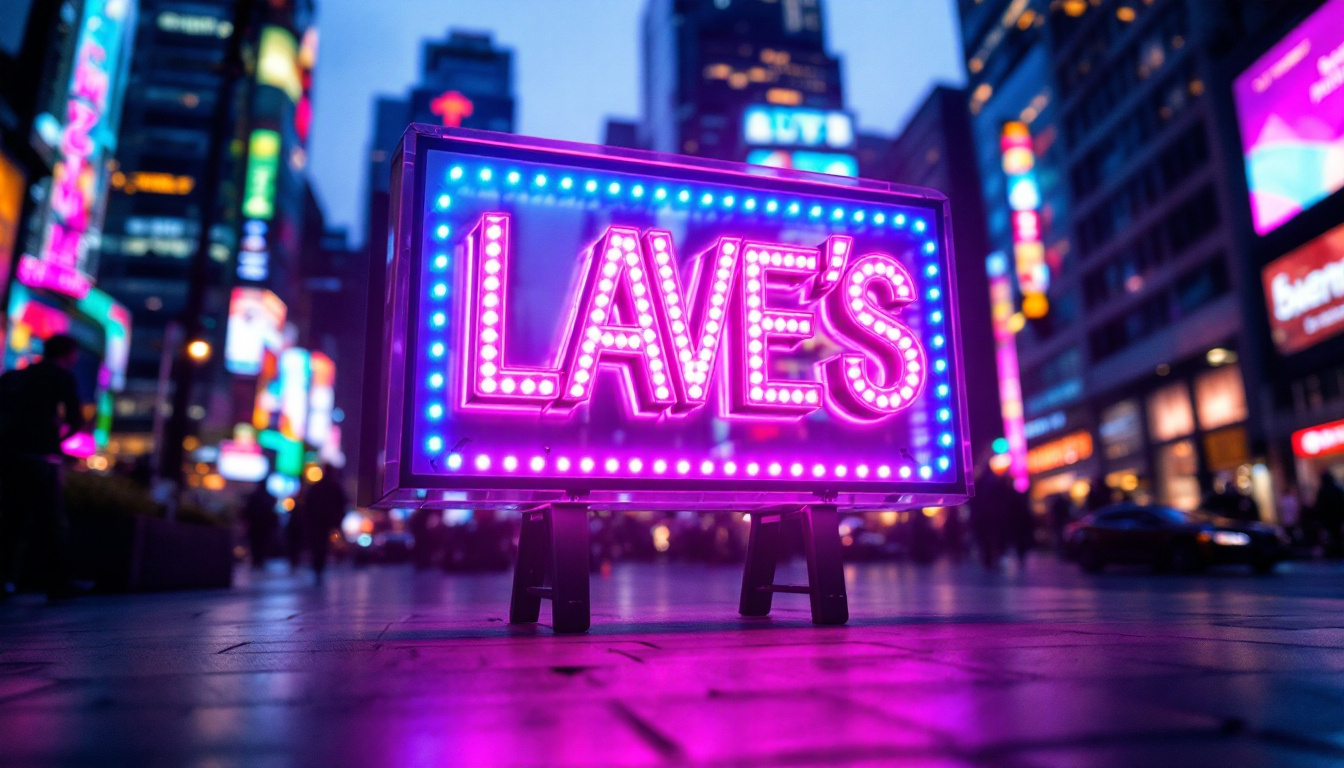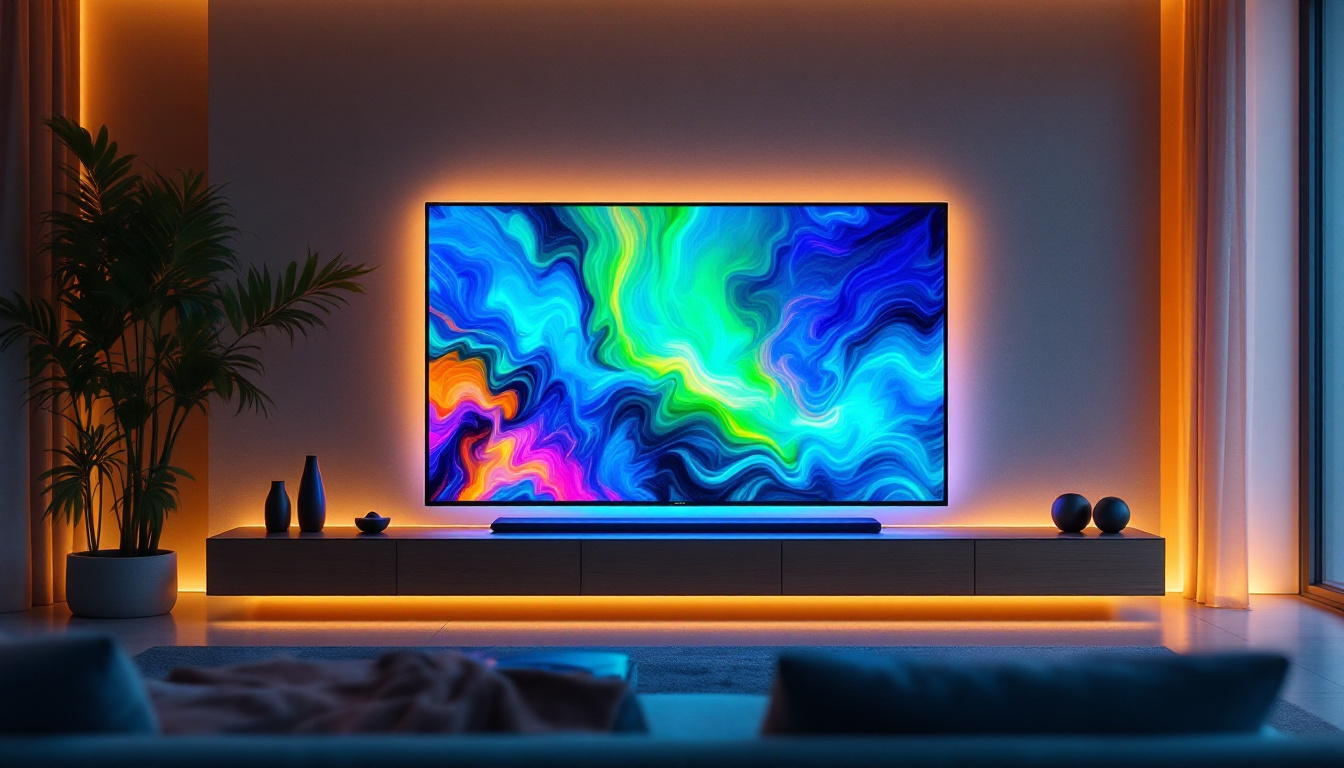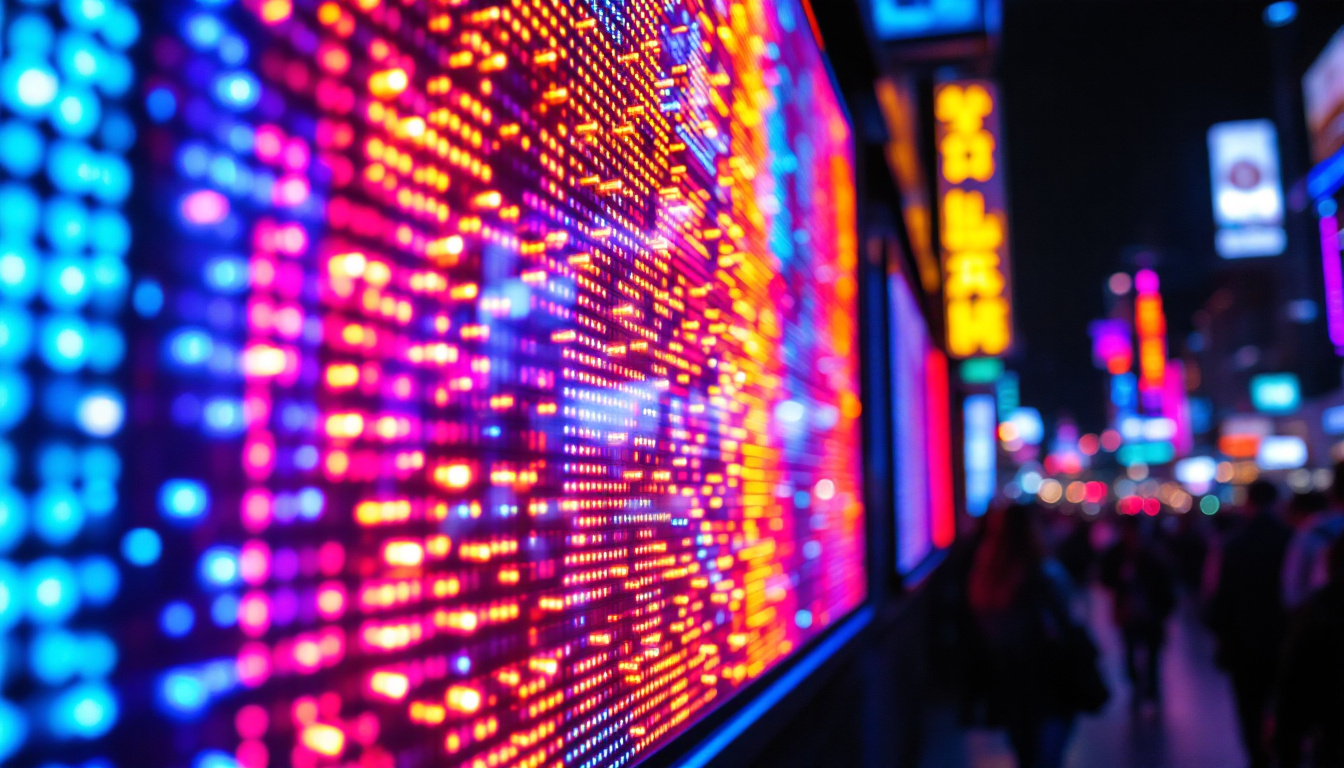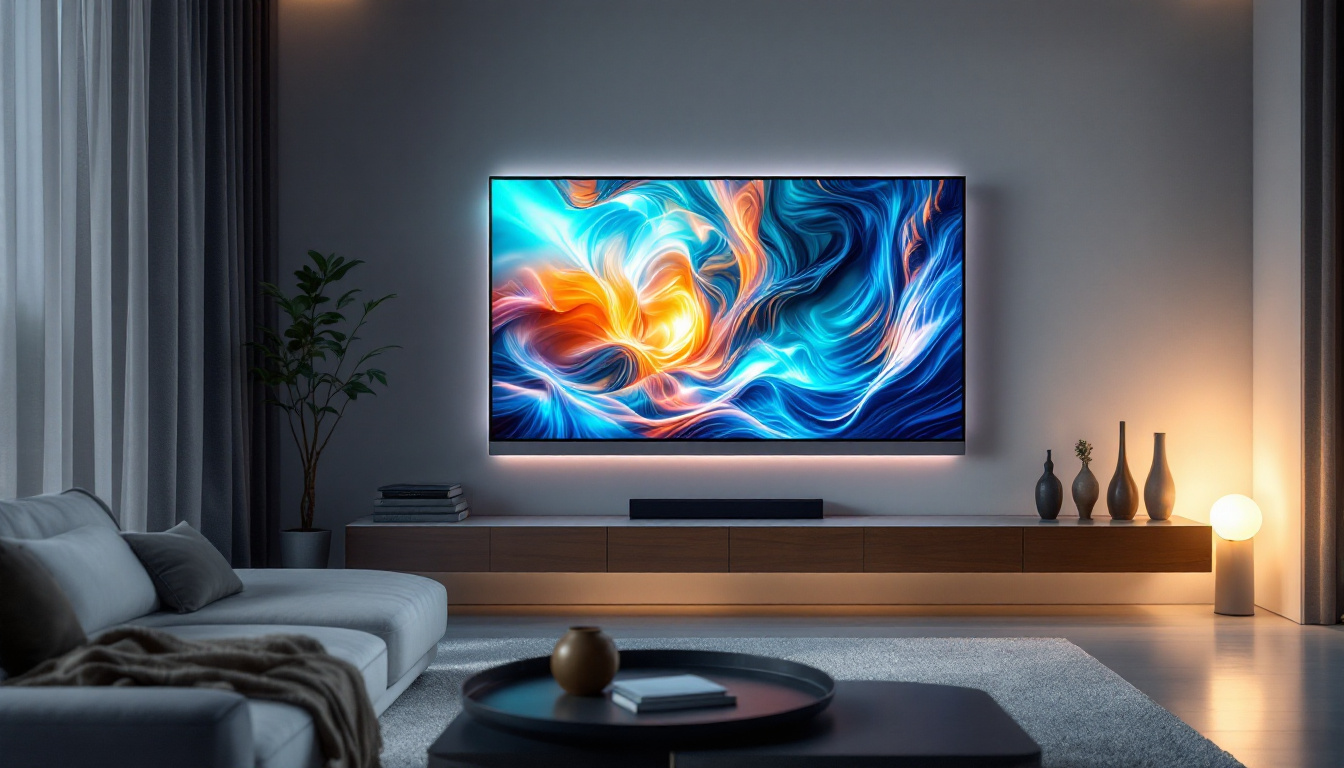In the world of modern technology, LED displays have become a staple in various applications, from televisions to digital billboards. One of the most captivating uses of LED technology is in the realm of video displays, where the brilliance of color and clarity of image can create an immersive experience. This article delves into the intricacies of LED displays, particularly in the context of video presentations like those seen in the beloved animated film, Wall E.
Understanding LED Technology
Light Emitting Diodes (LEDs) are semiconductor devices that emit light when an electric current passes through them. This technology has revolutionized the way we visualize content, offering brighter, more energy-efficient, and longer-lasting alternatives to traditional display technologies. The rise of LEDs has not only transformed consumer electronics but has also paved the way for innovative applications in various fields, including automotive lighting, architectural illumination, and even horticulture, where specific light wavelengths can enhance plant growth.
The Basics of LED Functionality
At its core, an LED display is composed of numerous tiny light sources, each capable of producing different colors. These colors combine to create the full spectrum of hues visible to the human eye. The most common arrangement involves red, green, and blue (RGB) LEDs, which can be mixed to produce a wide array of colors. This additive color mixing is fundamental to how we perceive images on screens, allowing for vibrant and dynamic visuals that can adapt to various content types.
When it comes to video displays, these LEDs are arranged in a grid format, allowing for the creation of pixelated images. Each pixel consists of a combination of RGB LEDs, which can be individually controlled to display various colors and brightness levels. This pixel-based approach enables high-resolution images and videos to be rendered with stunning clarity. Additionally, advancements in technology have led to the development of finer pixel pitches, resulting in displays that can be viewed from closer distances without losing image quality, making them perfect for both commercial and personal use.
Types of LED Displays
LED displays can be categorized into several types, each with its unique features and applications. The most common types include:
- Direct View LED: These displays consist of individual LEDs that form the entire screen. They are often used for large outdoor displays, such as billboards and stadium screens. Their ability to maintain visibility in bright sunlight makes them a popular choice for advertising and public information systems.
- LED-backlit LCD: These displays use LEDs to illuminate an LCD panel from behind. This technology is prevalent in televisions and computer monitors, providing enhanced brightness and contrast compared to traditional LCDs. The use of local dimming in these displays can further improve picture quality by adjusting the backlight in specific areas, resulting in deeper blacks and more vibrant colors.
- Organic LED (OLED): A more advanced form of LED technology, OLED displays use organic compounds to produce light. They offer superior color accuracy and contrast ratios, making them ideal for high-end televisions and smartphones. Moreover, OLED technology allows for flexible and ultra-thin displays, opening up new possibilities for innovative product designs and applications in wearables and curved screens.
As the demand for high-quality visual experiences continues to grow, the evolution of LED technology is expected to advance even further. Innovations such as MicroLED and MiniLED are on the horizon, promising even greater efficiency, brightness, and color fidelity. These emerging technologies aim to push the boundaries of what is possible in display technology, potentially leading to new formats and applications that we have yet to imagine.
The Role of LED Displays in Video Production
LED displays have transformed the landscape of video production and presentation. Their ability to deliver vibrant colors and sharp images makes them a preferred choice for filmmakers, advertisers, and event organizers alike.
Enhancing Visual Storytelling
In the context of films like Wall E, LED displays play a crucial role in enhancing visual storytelling. The vivid colors and dynamic range of LED technology allow filmmakers to create stunning visuals that captivate audiences. The emotional depth of scenes is amplified through the use of rich, saturated colors that resonate with viewers.
Moreover, LED displays can adapt to various lighting conditions, ensuring that the visual experience remains consistent whether viewed in a dark theater or a brightly lit environment. This adaptability is essential for maintaining the integrity of the film’s visuals, allowing the audience to fully immerse themselves in the narrative.
Real-Time Video Production
In live events and broadcasts, LED displays are invaluable for real-time video production. They enable seamless integration of graphics, animations, and live feeds, creating a dynamic viewing experience. For instance, during concerts or sports events, LED screens can display instant replays, statistics, and interactive content, engaging the audience in real time.
The flexibility of LED technology also allows for creative staging and set design. Large LED panels can be used to create immersive environments, transforming a stage into a vibrant landscape that complements the performance. This innovation has redefined how audiences experience live entertainment, making it more interactive and visually stunning.
Advantages of LED Displays
The advantages of LED displays extend beyond their aesthetic appeal. They offer a range of benefits that make them a popular choice across various industries.
Energy Efficiency
One of the most significant advantages of LED technology is its energy efficiency. LED displays consume significantly less power compared to traditional display technologies, such as incandescent bulbs or fluorescent lights. This reduction in energy consumption not only lowers operating costs but also contributes to environmental sustainability.
In an era where energy conservation is paramount, the shift towards LED displays represents a positive step forward. Many organizations are adopting LED technology to reduce their carbon footprint while still delivering high-quality visual content.
Longevity and Durability
LED displays are known for their longevity and durability. Unlike traditional displays, which may require frequent replacements due to burnout or damage, LED technology is designed to last. With proper maintenance, LED displays can operate for tens of thousands of hours, making them a cost-effective investment for businesses.
This durability also extends to outdoor applications, where LED displays are subjected to varying weather conditions. Many LED screens are built to withstand rain, wind, and extreme temperatures, ensuring reliable performance in any environment.
Challenges and Considerations
While LED displays offer numerous advantages, they are not without challenges. Understanding these challenges is crucial for making informed decisions regarding their use.
Initial Costs
The initial investment for LED technology can be higher than that of traditional display options. This upfront cost may deter some businesses from making the switch. However, it is essential to consider the long-term savings associated with energy efficiency and reduced maintenance costs.
For many organizations, the benefits of LED displays outweigh the initial investment, especially when considering the potential for increased audience engagement and improved visual quality.
Color Calibration and Quality Control
Another challenge associated with LED displays is the need for precise color calibration and quality control. Variations in brightness and color accuracy can occur, particularly in large installations where multiple panels are used. Ensuring consistency across all panels is crucial for delivering a cohesive visual experience.
To address this challenge, it is essential to work with experienced professionals who understand the intricacies of LED technology and can implement effective calibration techniques. Regular maintenance and monitoring are also vital to maintaining optimal performance.
Future Trends in LED Display Technology
The future of LED display technology is promising, with ongoing advancements that continue to push the boundaries of what is possible. As technology evolves, several trends are emerging that will shape the landscape of LED displays in the coming years.
MicroLED Technology
MicroLED technology is one of the most exciting developments in the LED display industry. This innovation involves the use of microscopic LEDs that can be arranged to create high-resolution displays with exceptional color accuracy and contrast. MicroLED displays offer the potential for thinner, lighter screens that can be seamlessly integrated into various applications.
As this technology matures, it is expected to revolutionize the market, providing consumers with even more options for high-quality visual experiences.
Flexible and Transparent Displays
Another trend gaining traction is the development of flexible and transparent LED displays. These displays can be bent or shaped to fit unique environments, making them ideal for creative installations in retail spaces, museums, and art galleries.
Transparent displays, in particular, offer exciting possibilities for augmented reality applications, allowing users to interact with digital content while maintaining visibility of the physical environment. This innovation could redefine how we experience information and entertainment in our daily lives.
Conclusion
LED displays have transformed the way we experience video content, offering vibrant colors, energy efficiency, and durability. As technology continues to evolve, the potential applications for LED displays will only expand, providing new opportunities for creativity and engagement.
In the context of films like Wall E, the impact of LED technology is evident in the stunning visuals that captivate audiences. From enhancing storytelling to revolutionizing live events, LED displays are an integral part of the modern visual landscape.
As we look to the future, embracing the advancements in LED technology will undoubtedly shape the next generation of visual experiences, paving the way for even more innovative and immersive storytelling.
Discover the Future of LED Displays with LumenMatrix
Ready to elevate your visual experience with the latest in LED display technology? LumenMatrix is at the forefront of innovation, offering a diverse range of LED display solutions tailored to your needs. Whether you’re looking to enhance your brand’s visibility, captivate your audience with an Indoor LED Wall Display, or make a statement with a Custom LED Display, LumenMatrix has the cutting-edge technology to bring your vision to life. Check out LumenMatrix LED Display Solutions today and join the revolution in visual communication.

